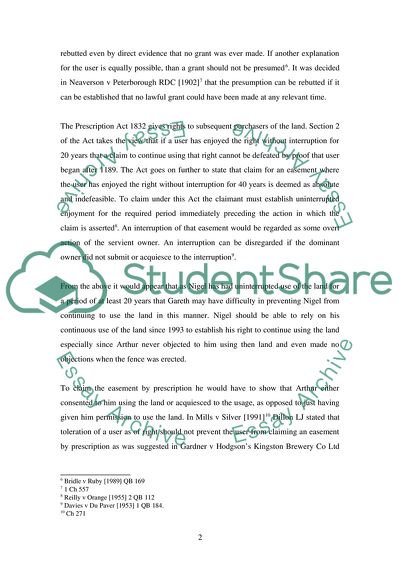Cite this document
(Statutes of Property: Common Law and Land Law Assignment, n.d.)
Statutes of Property: Common Law and Land Law Assignment. Retrieved from https://studentshare.org/law/1538869-land-law
Statutes of Property: Common Law and Land Law Assignment. Retrieved from https://studentshare.org/law/1538869-land-law
(Statutes of Property: Common Law and Land Law Assignment)
Statutes of Property: Common Law and Land Law Assignment. https://studentshare.org/law/1538869-land-law.
Statutes of Property: Common Law and Land Law Assignment. https://studentshare.org/law/1538869-land-law.
“Statutes of Property: Common Law and Land Law Assignment”. https://studentshare.org/law/1538869-land-law.


